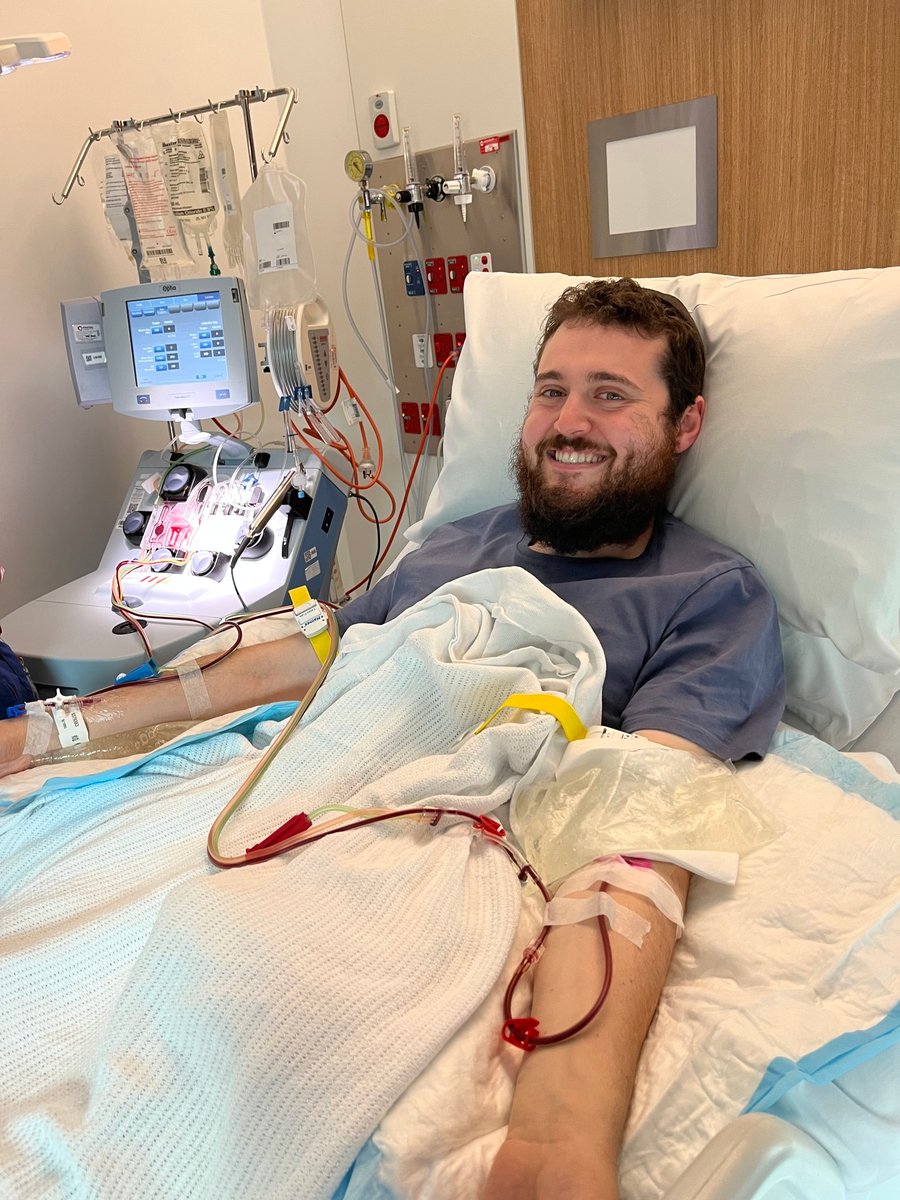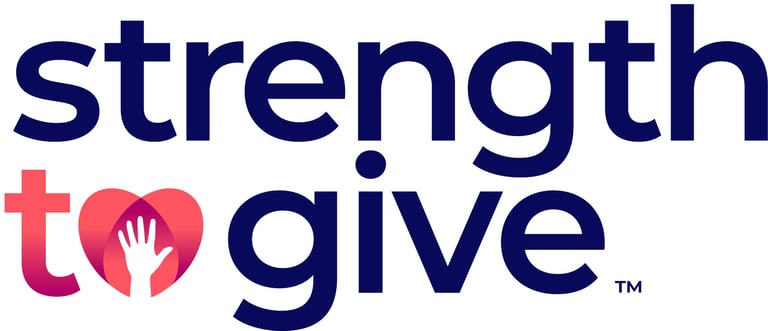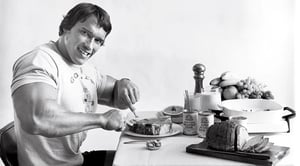Have you kicked off 2024 with a desire to self-improve? You want to train harder, sleep better, eat cleaner – but we often forget that we’ve already hit the jackpot in life by simply being young, healthy Australians. Unfortunately, not everyone’s so lucky.
Every 28 minutes someone in Australia is diagnosed with blood cancer. For them, life can be cut unexpectedly short. By now, we’ve all come to experience some form of loss, and the worst kind of loss is someone who’s gone too soon. It’s even more regrettable if that loss could have been avoided.
Incredibly, as strong and healthy men, aged 18 – 35, we’re smack bang in the middle of the cohort who has the power to do something about this. For many of those suffering from blood cancer, a stem cell transplant is often the last chance of survival, but Australia has one of the smallest stem cell donor registries in the developed world.

Strength to Give is Australia’s stem cell donor registry, an Initiative of the Australian Bone Marrow Donor Registry (ABMDR). To tackle the shortage of stem cell donors in Australia, Strength to Give is working harder than ever to grow Australia’s stem cell registry of young, healthy Australian donors to give life-saving transplants.
For individuals grappling with blood cancer, a stem cell donation is a silver lining for a potential cure. However, with only a fraction of those suffering from blood cancer finding a familial donor match, the reliance on potential donations from volunteer stem cell donors is more important than ever.
As young men are particularly successful donors, they’re needed more than ever to join the cohort. This is especially true for those from varied ethnic backgrounds (who are currently only a fraction of the total). When a donor is a match in ethnic background to the patient, there is a higher chance of a successful transplant.
Some myths about the process of donating stem cells are, unfortunately, still quite commonly held throughout Australia. Contrary to popular belief, it’s a very straightforward process with nine out of ten donations resembling a longer blood donation. In only about 10% of cases, (typically in donations for children) general anaesthetic and minor surgery will be needed.
Joining Strength to Give and donating stem cells is also possible for almost any 18-35 year-old in good health, with another preconception being that some sexual orientations such as being gay or trans prevent you from donating. Unlike blood donations, you are eligible to donate your stem cells, no matter how you identify.
“Every year, around 1,000 Australian patients need a life-saving stem cell transplant,” explains Lisa Smith, the CEO of the ABMDR. “Each patient needs a donor who is their unique match, and their chances of finding that match depend on how many donors have similar ancestry. The gravity of the situation demands swift action, with lives hanging in the balance.”
Joining Strength to Give has never been more straightforward than it is today, so be the one to stick this in the group chat and get the ball rolling.
- It starts with a simple cheek swab. It’s quick, easy and painless.
- Your good deed might end there. Or, you might match with a cancer patient you can help.
- If you’re matched with a patient, you can head to the hospital to donate. Nine out of ten times it’s a quick outpatient procedure like a long plasma or blood donation.
So if you’re wondering how you might make a difference to your own life in 2024, don’t underestimate what it can mean to save the life of another. If you’re interested in learning more about Strength to Give or you have any other questions, head to the link below for more details.
This article is presented in partnership with Strength To Give. Thank you for supporting the brands that support Boss Hunting.











